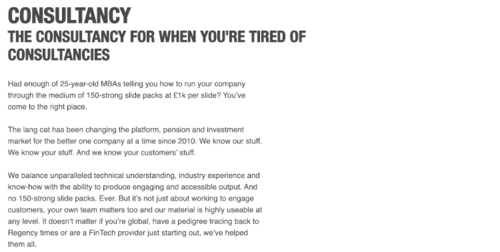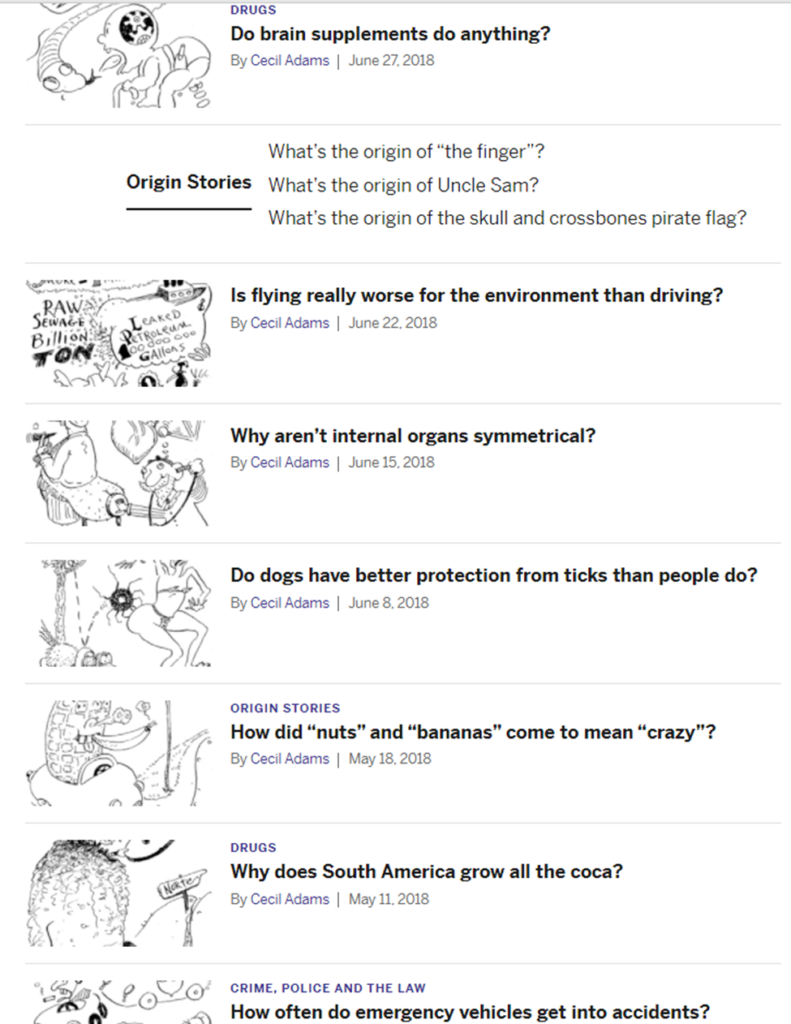
Table of Contents
- What Is a Tone in Blog Writing?
- 7 Different Blog Writing Tones (With Examples)
- Conclusion
- FAQs
When reading something, have you ever felt that the author is trying to either convince you of something or is sharing a strong opinion on a topic? Or sometimes you’ll come across a piece that’s too bland, but has a lot of useful facts and information. All these are the different blog writing tones a writer adopts, keeping in mind their target audience. It’s not necessary that you’ll resonate with their opinion, but writing with the right tone is important to convey the exact message to the readers.

What Is a Tone in Blog Writing?
When you speak with someone, either face-to-face or over a phone, your tone of voice, facial expressions, hand movements, and overall body language convey a deeper message to the listener than your actual words. But when you’re writing, the only way to express yourself is through words. A writer’s tone is the means by which they express their attitude and intention. Sentence formations, the types of phrases used, and the motion attached with certain words all help in determining the tone of a blog. Whether you’re crafting your own essay or trying to find someone to write my paper, deciding on the tone is important before you begin writing because it significantly impacts your article’s readership.
7 Different Blog Writing Tones (With Examples)
A writer’s tone determines how the readers will perceive their article. If you are writing purely factual content in a witty tone, readers won’t give much preference to your article. Similarly, using a formal and authoritative tone for an article that talks about personal tastes won’t garner much readership.
That’s why you must always decide beforehand which tone—be it in SEO blog writing or writing ad copy—you should use in your blog. You can understand more about blog writing tones by going through this list with relevant examples.
1. Informative
An informative writing tone is used when the writer wishes to impart knowledge through facts or spread awareness about a particular issue. The sentences in a blog with an informative tone are completely factual and objective. The writer obtains information through extensive research and experience, and they don’t include personal opinions.

The above blog by Oars and Alps clearly informs how the skin remains hydrated and the best ways men can ensure good skin. The blog contains a detailed list of the types of products that work best on a man’s skin.

This blog post by National Geographic Traveller is based on the writer’s personal experiences with trekking. It is a thorough guide for first-time trekkers.
2. Formal
A formal writing tone is typically used in academic, scientific, technical, or business articles. The writer is completely thorough and direct, emphasizing facts and figures. Here, too, personal opinion is kept to the minimum. An article with a formal tone usually has longer sentences, extremely proper grammar, complex word choice, and no slang.

This article by Research to Action is completely factual; it uses a formal tone, longer sentences, and complex phrases that the general audience may not easily understand.
3. Humorous or witty
Creating content with humor that your audience can easily connect with is quite difficult. Nevertheless, it is the type of content most people prefer reading, especially when the article is on a relatively boring topic. Understanding your audience thoroughly is a must if you plan to write in a witty tone, because everyone perceives humor differently.
The Times of India has an entire section on humor-based blogs, wherein writers demonstrate everyday issues through a lot of witty lines and spunk.

Old Spice is another brand that uses a lot of humor on its website, social media, and advertisements.
4. Inspirational
You’ll find a lot of inspirational content on the internet that offers encouragement and support. Blogs with an inspirational tone generate hope and optimism and are written quite informally. The writer is usually seen citing personal experiences in these blogs.
The Chicken Soup for the Soul series is the best example of inspirational tone in article writing. You can also find many inspirational posts on Michael Hyatt’s blog, called “Full Focus”.
5. Friendly
A friendly writing tone is more conversational, wherein the reader finds themselves actually engaging in a two-way conversation, rather than getting advice or instructions from a stranger. This tone elicits trust and can have a mix of formal and informal writing styles. A friendly tone also usually shows a lot of compassion and humor.

The above example illustrates how brands can adopt a friendly tone and create relationships with their customers.
6. Curious
When the writer creates curiosity amidst the readers to engage them on a particular topic, they are using a curious tone. Such a writing format has a lot of open-ended questions, unsolved mysteries, or unanswered queries, prompting the readers to dig a little deeper.

We just couldn’t leave this site before reading each of these blog posts. The title itself generates a lot of curiosity about issues we might not even have thought about. “Wait But Why” is also the perfect place to read curiosity blogs and even get inspired to write one yourself.
7. Pessimistic and optimistic
Some writers use an optimistic tone, often provoking the readers to take action or encouraging them through personal opinions. A pessimistic writing tone, on the other hand, often warns the reader against something, citing all the negatives around it.
For instance, “Waking up early will help improve my productivity” and “I am not productive, because I wake up late” both convey the same meaning. However, the first one motivates the reader to wake up early, the second one just lists out a negative fact without telling you how to improve.

Conclusion
There are many more blog writing tones apart from the ones listed above, but they all construe only a part of the entire article. These include cooperative, assertive, surprised, horror, appreciative, intense, and nostalgic tones, among others.
Understanding the different tones in article writing is vital for creating successful blogs, but what’s more important is understanding how to choose the tone wisely. For that, you need to have a thorough understanding of your audience, deep knowledge about the topic you’re writing on, and the ability to read a lot of similar blogs to find out what tone your target audience would prefer the most.
FAQs
The writing style of a blog is the manner in which the author chooses to convey certain information. It can be completely formal and factual, or it can be conversational and casual.
You must understand your reader’s persona, read up similar articles on your chosen topic, and connect your brand’s values with the target audience to determine the best style and tone for your writing.
That’s because if your blog’s tone doesn’t resonate with the audience, it will decrease your readership and create a negative image for your brand.
It is always recommended to follow only one particular writing style for an article to not confuse the reader. However, you can use multiple writing tones in a single blog post, depending on the chosen topic and your target audience.
The different blog writing tones can be identified through the sentence structure, phrases, and specific words in the content. The author uses different words to convey different meanings, which, along with their attitude, largely determine the tone of a blog.
Social media posts should have an informal, conversational, and witty tone to instantly grab the audience’s attention. Even when listing facts, there should be a surprise element to hook the reader.
Latest Blogs
Explore how Google’s 2025 AI search updates triggered ranking chaos. Learn actionable strategies to adapt your SEO for AI Overviews, zero-click searches, and SERP volatility. Stay ahead now.
Learn how to rank on AI search engines like ChatGPT, Perplexity, and Gemini by optimizing your content for authority, structure, and relevance. Stay ahead in AI-driven search with this strategic guide.
Explore the best healthcare SEO services for your medical practice. Improve online visibility and effectively reach more patients in need of your services.
Get your hands on the latest news!
Similar Posts

Content Analytics
8 mins read
Google I/O 2025: AI Search Shake-Up & Ranking Volatility

Artificial Intelligence
5 mins read
Top AI Blog Writing Tools for Website Monetization

Blogging
10 mins read